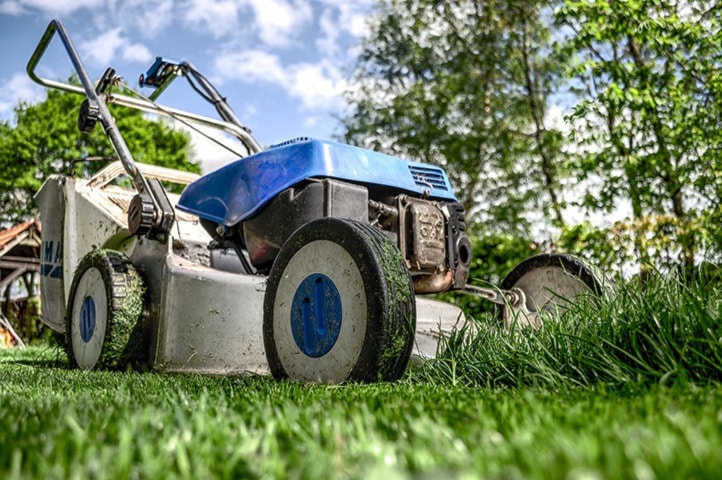Many homeowners take pride in a green and healthy lawn, but water conservation is also at the forefront of many people’s minds, especially in the semi-desert conditions which prevail throughout much of our region. However, it is possible to have a lush green lawn while still saving water; all it takes is a bit of work that will save effort later, since healthy lawns are less vulnerable to pests, weeds, drought, and other problems.
“Aeration is a huge deal,” says Cam Tedford, who has 16 years of experience working with turf as a golf course assistant superintendent and consultant. “You don’t just want to punch holes with a spiker, which will compact the soil. You need a core-puller, and should then cut the cores back into the ground.” This helps water, air, and nutrients reach plant roots more easily, and should ideally be done twice a year, in spring and fall.
Use a slow-release fertilizer after aerating, advises Tedford. When it comes time to start cutting the lawn, use a good mulching mower and leave the clippings on the ground if you can. “Not doing that leads to quicker evaporation of water and less absorption, and doesn’t allow the crown of the grass to cool off.” And don’t cut your grass too short, he adds; depending on the type of grass, 2.5 inches is a good height.
When it comes to watering, deeper and less often is much better than a little bit every day. More intense but less frequent watering promotes the growth of deep roots. “If grass is over-watered it isn’t stable, as it will take the easiest route if it knows it will get water easily,” says Tedford. “And when the turf is strong, weeds will go away.”
Too much water also starves the soil of oxygen, which can lead to disease. Less frequent watering allows the top layer of soil to dry off, which kills off many shallow-rooted weeds.
A moisture meter is an easy way of determining how much water there is at root level, rather than just at the surface. The Village of Ashcroft is offering a water kit which contains a moisture meter free to every household in the village. The kit also contains a water gauge which can be placed on the lawn to measure the amount of water being applied, and help prevent over-watering. Kits can be picked up from the Village Office during regular office hours.
If you have a heavy-traffic area of your lawn, consider replacing the grass with paving stones or rocks. If your lawn has any tough spots where grass doesn’t grow well, choose another ground cover for that area.
Tedford’s advice for anyone worried about their lawn is “Don’t panic until you have to.” Grass is remarkably resilient, so by following these tips you should ensure you have a green and healthy lawn throughout the year.
